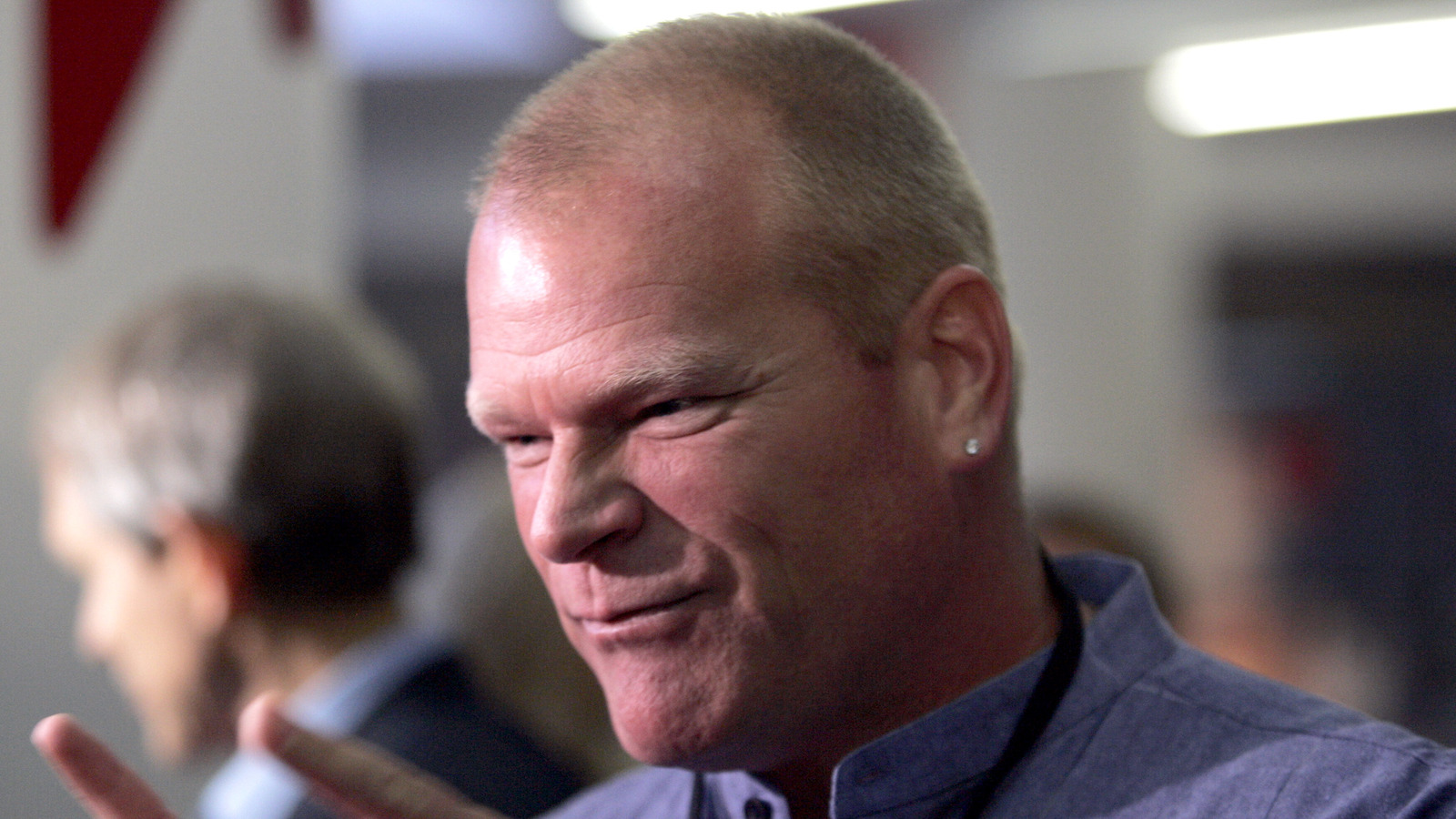Collecting one of the better original animated movies and it’s sequel on Blu-ray for the first time, Scooby-Doo on Zombie Island marked a major shift in the Scooby-Doo franchise by embracing a darker tone and introducing real supernatural elements, a stark departure from the traditional formula of unmasking human villains.
The story begins with the Mystery Inc. gang reuniting after having gone their separate ways. Daphne, now a TV host, is looking for truly haunted locations, and she enlists Fred, Velma, Shaggy, and Scooby to join her on a trip to Moonscar Island in Louisiana.
There, they encounter zombies and other eerie occurrences. The twist reveals that the zombies are the restless spirits of settlers, while the real villains are cat-creature werewolves who have used dark magic to extend their lives.
The film dives into themes of vengeance and survival, making the story feel more mature and suspenseful than typical Scooby-Doo mysteries.
In terms of characters, Scooby and Shaggy maintain their trademark humor and fear but take on a more active role in dealing with real danger. Fred, Daphne, and Velma all show growth beyond their usual roles. Daphne’s determination to find a real haunted mystery for her show, Fred’s loyalty, and Velma’s skepticism ground the group in a way that feels refreshing. The film’s villains, Simone and Lena, initially seem friendly but are revealed to be tragic, cursed beings, adding emotional depth to their motivations.
The animation in Scooby-Doo on Zombie Island is far more polished and atmospheric than the original TV series. The film makes excellent use of shadows and dark tones to create an eerie, moody environment, particularly in the swamp and the crumbling mansion where much of the action takes place. The supernatural character design is genuinely unsettling, and the fluidity of the animation adds to the tension.
In terms of voice work, the cast delivers memorable performances. Frank Welker (Fred) and B.J. Ward (Velma) bring a more mature quality to their characters, while Mary Kay Bergman as Daphne gives the character a spirited, adventurous tone. Scott Innes, who is voicing both Scooby and Shaggy, takes over for Don Messick and Casey Kasem, respectively, and he does an admirable job balancing humor and fear. Supporting voices, particularly Adrienne Barbeau as Simone and Tara Strong as Lena, add a layer of sophistication and menace, giving the villains a sense of gravitas.
On the other hand, the second feature, Scooby-Doo! Return to Zombie Island revisits Moonscar Island, but with a different approach. The gang is lured back to the island under the guise of a free vacation, only to find themselves caught up in a new mystery.
Unlike the first film, where the supernatural was real, this sequel returns to the classic Scooby-Doo trope of fake monsters. This time, the zombies and other paranormal phenomena are revealed to be manufactured scares, staged by people trying to cash in on the island’s spooky reputation for financial gain. The story feels more self-referential, with plenty of nods to the events of the first film, but it lacks the emotional stakes and darker narrative that made Zombie Island a far more interesting take on the characters and their world.
The characters are still fun, but their roles are more comedic and less nuanced than in the original. Scooby and Shaggy, in particular, are reluctant to return to the site of their previous ordeal, which becomes a running gag. Fred has a subplot about his attachment to the Mystery Machine, which provides some lighthearted moments, while Velma’s persistent disbelief in the supernatural feels a bit repetitive, given the events of the first movie. The new villains, who are motivated by greed rather than survival, are less compelling than Simone and Lena from the original.
The animation in Return to Zombie Island is bright and colorful, but it lacks the atmospheric quality that made the first film so visually engaging. The monsters, being fake, are designed to be less threatening, and the island itself doesn’t have the same foreboding presence. It seems to lack the real uniqueness of the first film, instead feeling much more than a traditional Scooby-Doo release.
A newer cast ensemble has replaced many of the classic voice artists, but they do a truly amazing and and remains solid, with Frank Welker returning as both Fred and Scooby, while Grey Griffin as Daphne and Matthew Lillard sas Shaggy continue to embody their characters with energy and humor. Lillard’s Shaggy remains a highlight, with his impeccable comedic timing. Kate Micucci as Velma delivers her quirky, analytical take on the character, though Velma’s rigid skepticism feels less dynamic in this film.
Ultimately, Scooby-Doo on Zombie Island is a landmark entry in the franchise, notable for its darker tone, real supernatural elements, and strong character development, while Return to Zombie Island is a lighter, more nostalgic follow-up that, while entertaining, doesn’t quite capture the intensity or emotional depth of its predecessor. The first film remains memorable for its atmosphere, animation, and compelling voice work, whereas the sequel plays it safer, returning to familiar territory but without the same impact. Also included are two trailers.
If you’re a Scooby-Doo fan, I definitely recommend Scooby-Doo on Zombie Island, while younger fans or lovers of the original series will get more out of Return to Zombie Island than I did.
 1 week ago
3
1 week ago
3


















 English (US) ·
English (US) ·